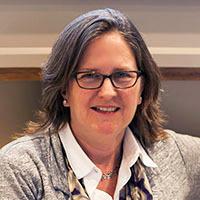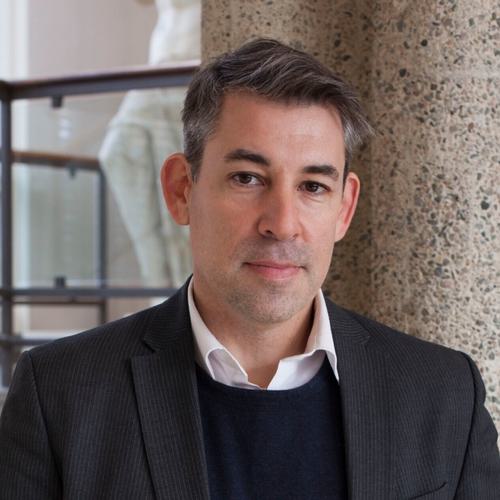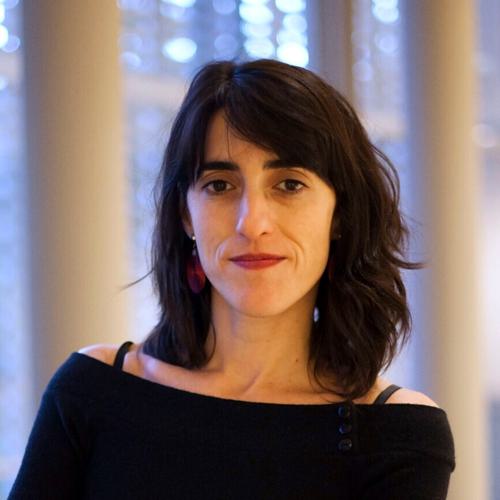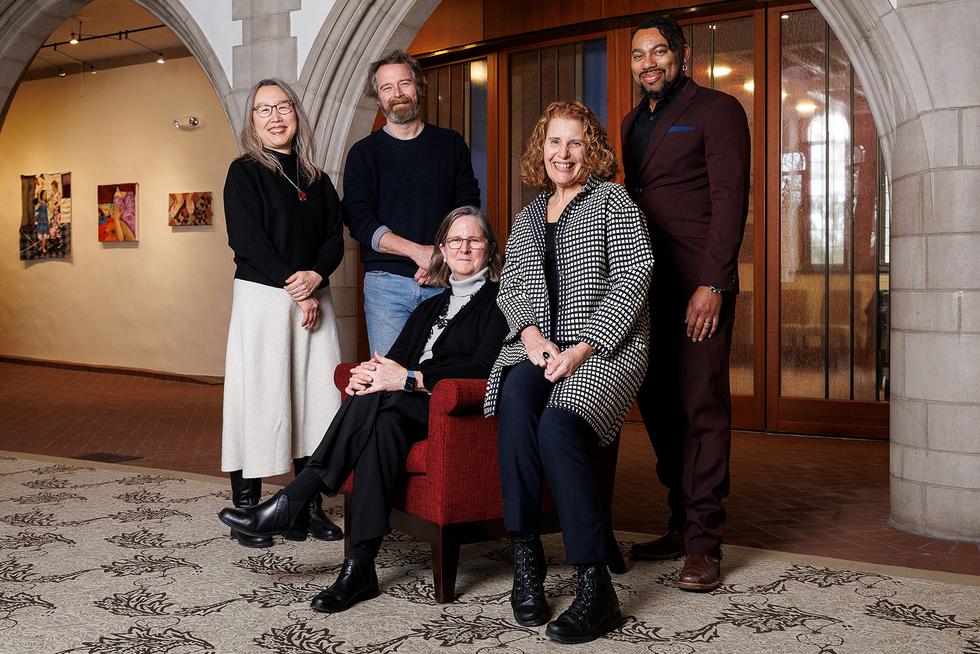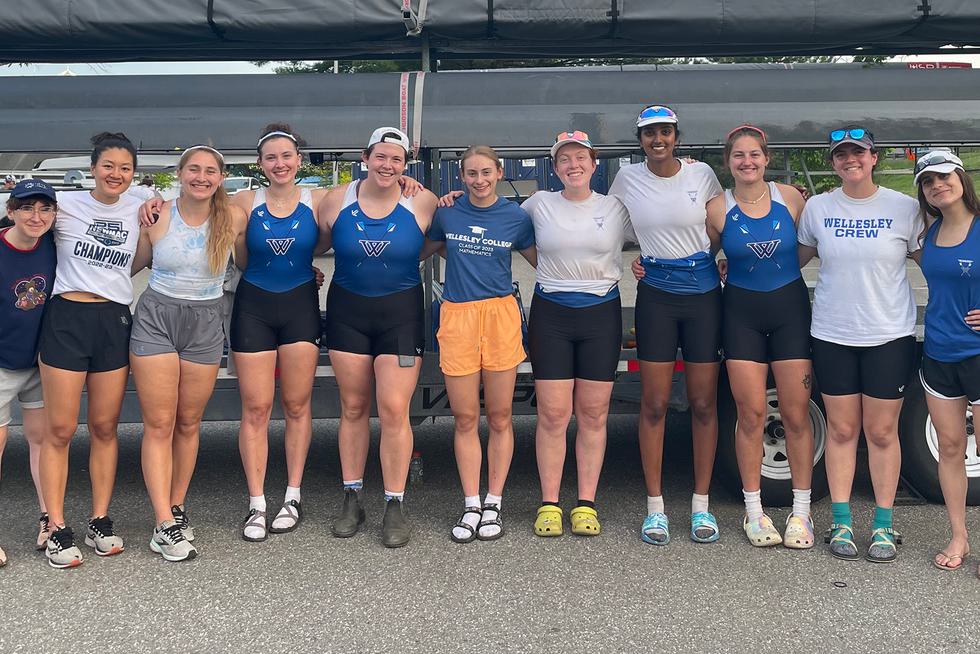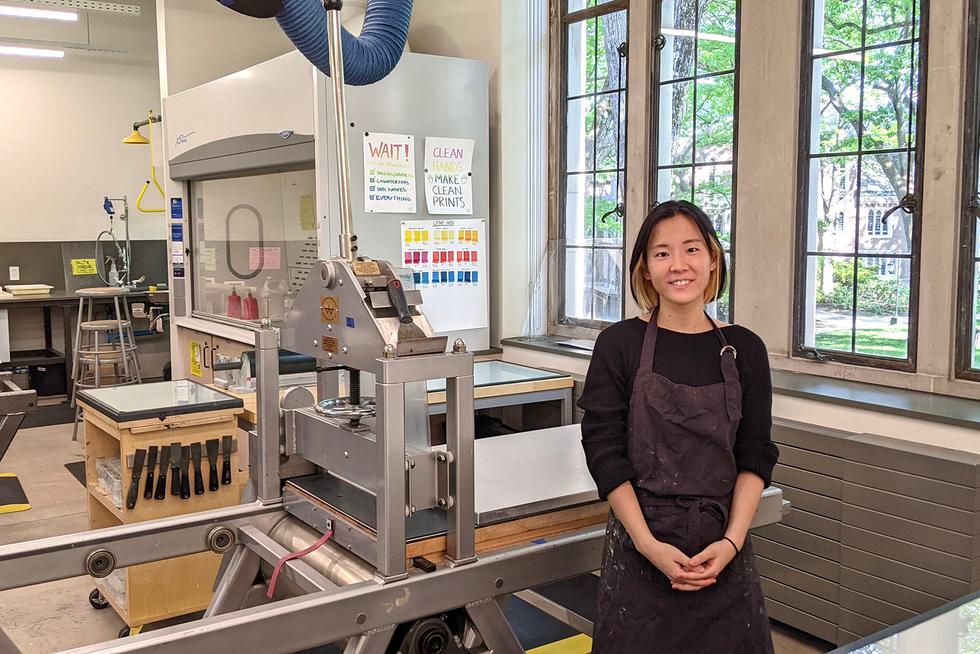Architecture
Academic Program Introduction
Students in the Architecture Program explore the built environment through an integrated curriculum of architectural history and studio practice. Courses include art history, cinema and media studies, and electives in departments across campus. Students develop skills in visual and spatial analysis and an understanding of how architecture and urban form are shaped over time. Thanks to our close coordination with MIT’s undergraduate architecture program, students can take a variety of design studios, which can count toward the major’s requirements.
Learning goals
Understand architecture and urban form in their historical and cultural contexts.
Develop skills in design and spatial thinking through the practices of drawing, design, modeling, and digital media production.
Understand the roles of political, economic, and social forces on the practice of architecture and the shaping of the built environment.
Programs of Study
Major
Students apply interdisciplinary methodologies, critical theories, and professional ethical codes to interpreting architecture and urban form. The major may be weighted toward architectural history, studio investigation, or a balance between the two.
Course Highlights
Three-Dimensional Design
ARTS113
This introductory course explores the basic formal and spatial considerations when working with three-dimensional structure and form. Studio projects incorporate a range of materials and methods of visualization. Outside assignments and class discussions are aimed toward helping students enhance their creativity and spatial awareness while acquiring sensitivity for placement, process, and materials. Required for Architecture majors.
-
This course covers the visual culture of India from ancient Indus Valley civilization through Independence. It follows the stylistic, technological, and iconographical developments of painting, sculpture, architecture, and textiles as they were created for the subcontinent's major religions - Hinduism, Buddhism, Jainism, and Islam. We will examine the relationship between works of art and the political, economic, and social conditions that shaped their production. It will emphasize such themes as religious and cultural diversity, mythology and tradition, and royal and popular art forms. Attention will also be paid to colonialism and the close relationship between collecting, patronage, and empire. (ARTH 239 and SAS 239 are cross-listed courses.)
Research highlights
-
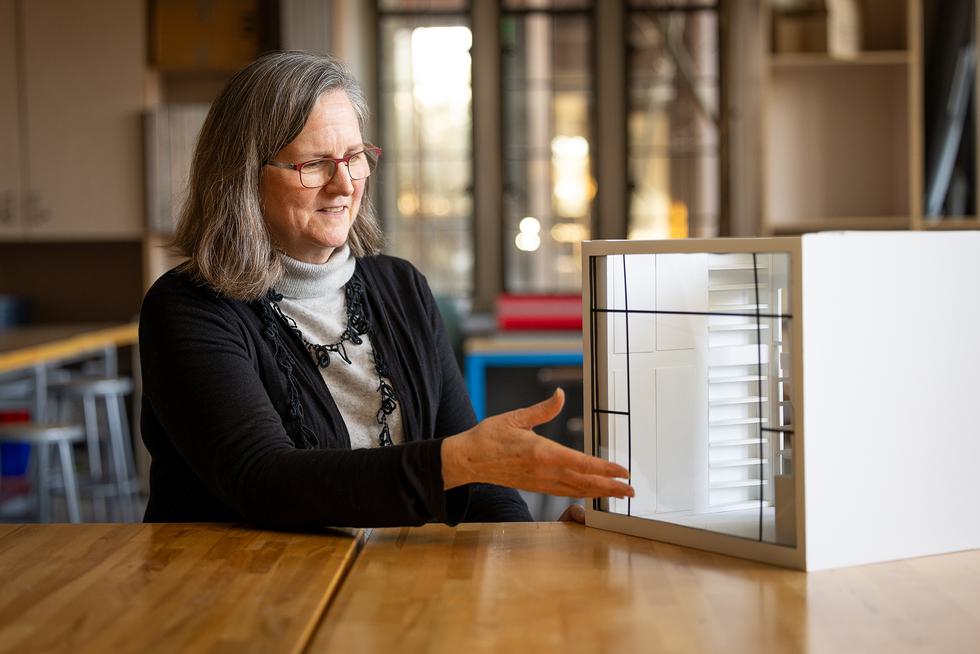
Director of the New England Arts & Architecture Program and Senior Lecturer Martha McNamara is an American art and architectural historian who specializes in the New England region. She is working on a book manuscript, Tovookan’s Tale: Pictorial Autobiography and Anti-Slavery Narrative in Antebellum America, that examines the life and work of African artist Pedro Tovookan Parris and his experience of slavery and freedom in the 19th-century Atlantic world.
-
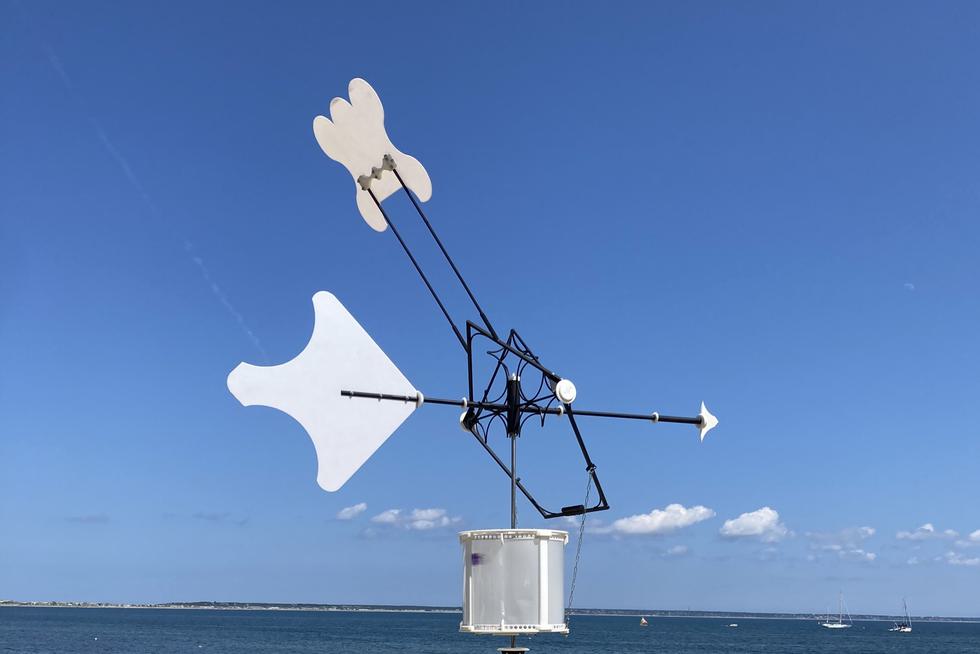
Senior Lecturer Andrew Mowbray’s 19-foot tall kinetic sculpture, Tempest Prognosticator, renders the wind’s strength and direction into evocative drawings. The sculpture has been installed in the DeCordova Sculpture Park and in Provincetown, MA, through the Provincetown Public Art Foundation.
-
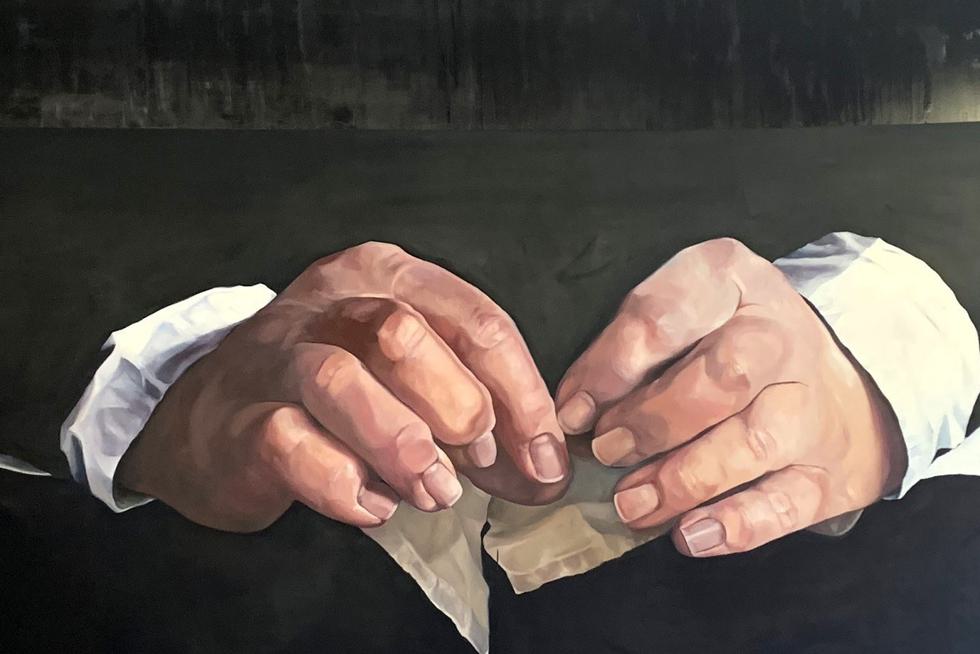
Professor Daniela Rivera’s solo exhibition Labored Landscapes (where hand meets ground) (Fitchburg Art Museum, 2019–2020) featured a series of large-scale paintings accompanied by photos etched with interviews with miners. The work was a response to Chuquicamata, one of the world’s largest open-pit copper mines, exploring the complexity of national and personal narratives and productive/destructive labor.
Opportunities
-
Internships
The New England Arts and Architecture Program of the Art Department offers the Grace Slack McNeil Student Internships at New England area museums, historical societies, and other cultural nonprofit organizations whose work relates to the built environment. These internships are supported by the Barra Foundation.
-
Fellowships
Financial support for theses, travel, research, unpaid internships, and special projects is available through funds such as the Alexander Fellowship, the Marion Elizabeth Burr Sober ’30 Fellowship, and the Alice T. Friedman Endowed Fund.
Beyond Wellesley
Beyond Wellesley
Our program prepares students for a wide variety of careers related to the built environment. Some graduates pursue advanced degrees in architecture, while others work in allied fields such as urban planning, historic preservation, landscape architecture, and community development.
Recent Employers


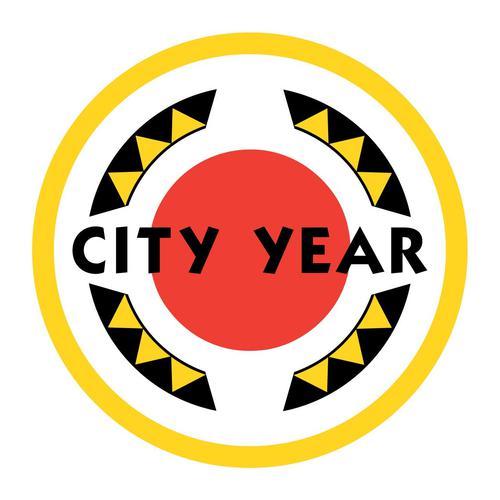



Architecture Program
106 Central Street
Wellesley, MA 02481
